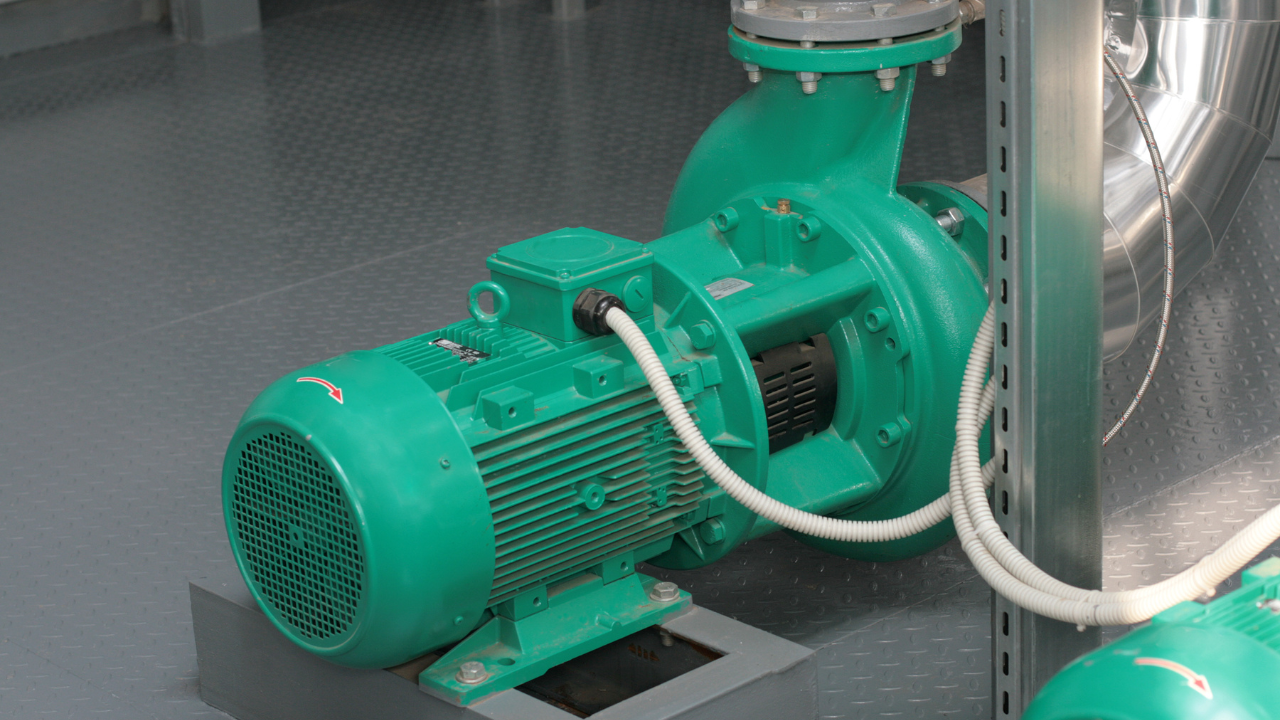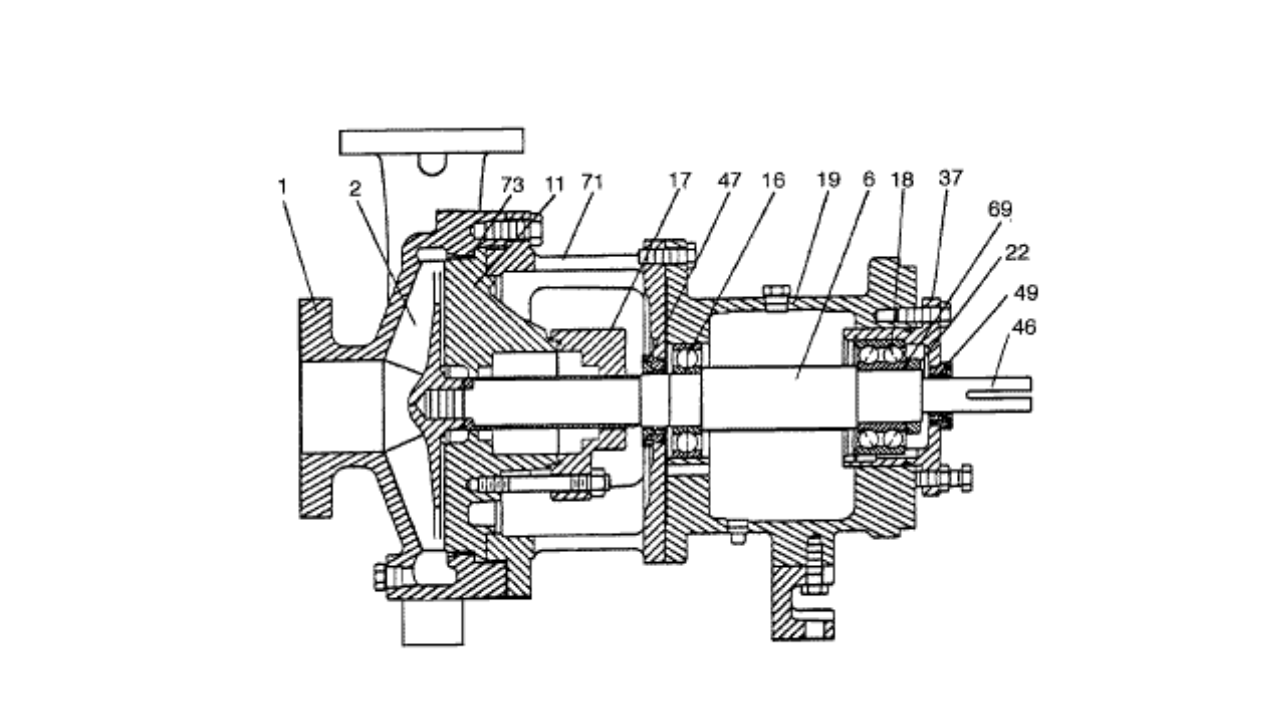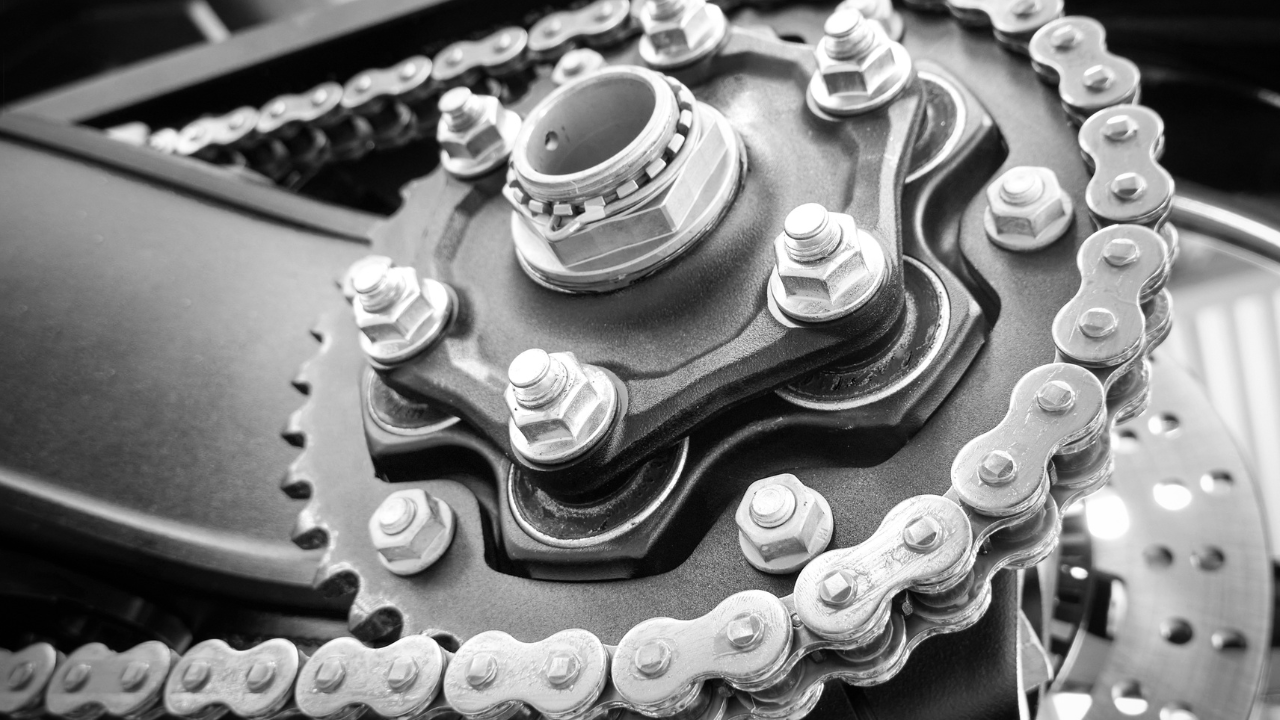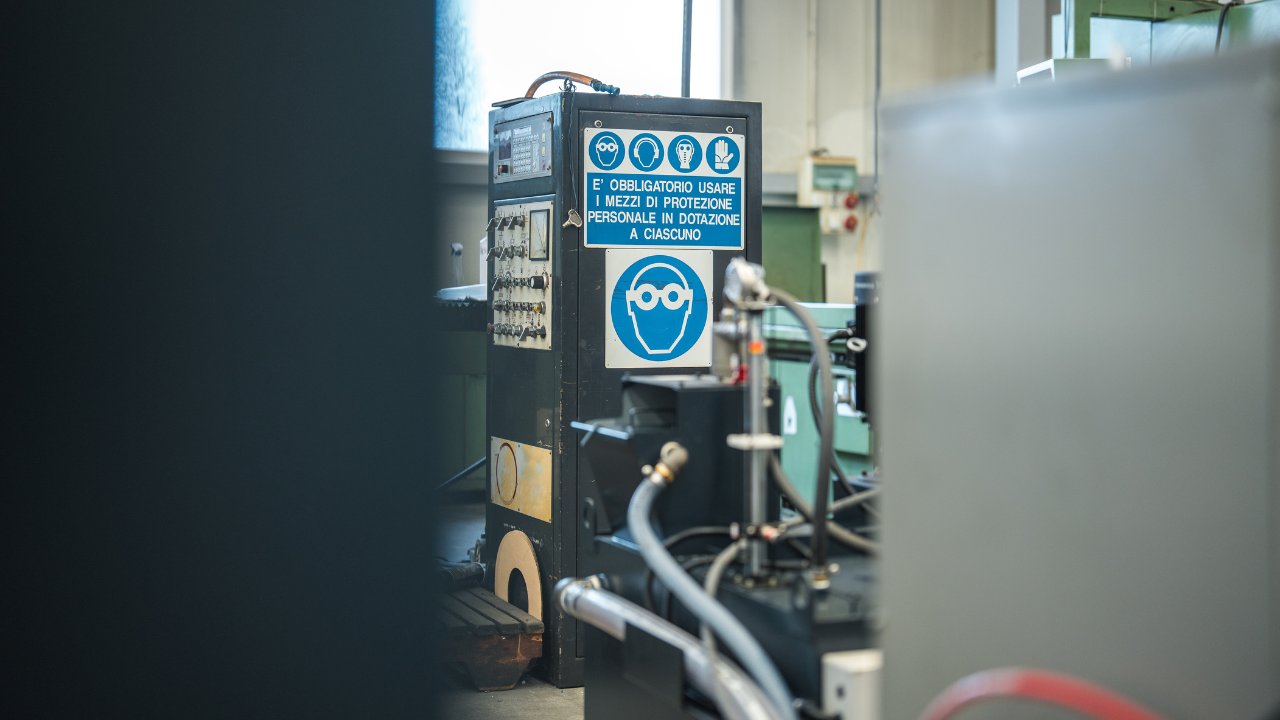How to Get the Best from Expansion Joints
Chemical Engineering
Expansion joints are an important part of many piping and ducting systems. Back in the 1970s, expansion joints for ductwork were typically simple constructions made from rubber or asbestos, which had to be replaced at each major maintenance shutdown. The late 1980s saw a boom in the popularity of gas turbines for power generation, with corresponding development of more reliable expansion joints for hot-gas ducts. As a result, modern fabric-type expansion joints operate for longer between maintenance intervals. Because they leak less, they also reduce fugitive emissions of pollutants. These new, more sophisticated, expansion joints require correspondingly more knowledge and care in their design and selection. To help engineers use the best expansion joint for the job, the European Sealing Association (ESA) is working on a new engineering guide to expansion joints, due for publication towards the end of this year.
What do they do?
Expansion joints for pipework are often made from corrugated metal, especially when handling liquids or for operating pressures significantly above atmospheric. Metal expansion joints are outside the scope of the ESA guide.
Instead, the guide concentrates on so-called ‘fabric-type’ expansion joints. This name is somewhat misleading, because it includes joints made from rubber and other materials apart from fabrics. However, the term is commonly understood to include any expansion joint not made primarily from metal. Gases, often at high temperatures, are the fluids most often handled using fabric expansion joints.
Typical fabric expansion joints are made from an elastomer such as Neoprene, EPDM, silicone or fluoroelastomer, reinforced with fibers or fabric made from polyamide, aramid, glass or metal wire. ‘Multilayer’ joints for high-temperature applications are more complex. They generally have an inner support layer of wire mesh or wire-reinforced fabric, an insulating layer of glass fabric, mineral wool or ceramic needlemat, a chemical barrier made from a fluoropolymer, and an outer cover of silicone or fluoropolymer.
Ductwork expansion joints, also known as ‘compensators’, can fulfill several jobs. They take up changes in duct length caused by thermal expansion and contraction. They isolate equipment items to prevent the propagation of noise, vibration or mechanical shock, and allow equipment to move during normal process operations. Finally, they compensate for small errors in the dimensioning of equipment and ductwork, and provide room for the installation and removal of equipment items.
Fabric expansion joints have some particular advantages not always shared by joints made from metal. These include: a short length of expansion joint can take up a large amount of movement; ability to absorb movement in more than one plane simultaneously; very low forces are needed to move the joint – especially important for delicate items such as gas turbines; good corrosion resistance, thanks to the properties of the polymers used; good damping characteristics, for isolating vibration and noise; low thermal conductivity; design freedom: fabric expansion joints are easy to custom-build in shapes and sizes to suit the application; and easy maintenance: the fabric part of the expansion joint can be replaced simply and economically.
How expansion joints are built
Fabric expansion joints come in two main configurations: belt-type and flanged (see diagram). In a belt-type joint, the flexible material forms a tube whose ends are parallel with the axis of the duct. The flexible material itself (the ‘belt’) may be a simple straight tube, or it may be formed into a bellows or an arch shape. Belt-type expansion joints are preferred because they minimize stresses within the flexible material.
In a flanged expansion joint, the edges of the belt turn outwards to form a pair of flanges that bolt onto matching flanges on the duct. As with the belt-type joint, the belt may take the form of a simple ‘U’ shape, a more complex double curve (an ‘arch’) or a corrugated bellows. Flanged joints are simpler than belt-type joints to attach to the duct, but they are not as good if the joint needs to operate at high temperatures or is built up from three or four separate layers.
There are two main ways to form a gas-tight seal between the belt and the duct. The simplest, for belt-type joints only, is a continuous steel band that encircles the duct like a giant hose clip. This system is quick and cheap, but gives poor sealing at large diameters. In the second method, a ring of bolts is used to compress the belt between a pair of flanges or other supports. This normally requires holes to be made in the belt for the bolts to pass through, though it is also possible to use captive bolts mounted on one side of the flange only.
The belt itself can be a single sheet of material, typically formed from a series of layers bonded together, or it can be a ‘multi-ply’ construction built up from separate layers. Especially for smaller ducts, it is also possible to mould the flexible section as a single piece of reinforced elastomer. Moulding allows the corners of the flexible section to be radiused. This helps withstand stress concentrations, and is helpful for rectangular ducts. Maximum continuous operating temperatures range from 80°C, for gas seals based on Neoprene, to 260°C, for PTFE.
Especially for gas streams containing particulate matter, a ‘sleeve’, ‘liner’ or ‘baffle’ normally protects the inside of the flexible section of the expansion joint. The design of the sleeve is closely integrated with that of the frame used to support the flexible section, and is critical to the success of the expansion joint. The sleeve must protect the flexible material, but it must avoid sticking or buckling, which could hinder the free movement of the expansion joint.
A ‘dust seal’ or ‘fly ash seal’ may be used to reduce the amount of dust that finds its way past the sleeve. The space between the sleeve and the belt is often filled with loosely-packed insulating material in the form of a ‘bolster’ or ‘cavity pillow’ (see diagram, p. 58S-6). The bolster helps prolong the life of the flexible part of the joint by reducing its temperature. Just as importantly, it reduces ‘flutter’, or movement of the flexible material caused by pressure changes within the ductwork. Flutter can be an important cause of failure in expansion joints, so it is worthwhile trying to minimize it.
Installation and warranties
Expansion joints are usually considered to be critical components of the systems within which they work. The joints themselves are relatively cheap, but the consequences of joint failure can be costly. For this reason the ESA recommends that expansion joints should always be installed under the supervision of their manufacturers. This costs a little more than doing it yourself, but is likely to be quicker and more reliable.
If you do install an expansion joint yourself, get the manufacturer to approve the installation in case problems develop later on. Bellows and sleeves should be stenciled with the flow direction. Supports and other items to be removed after installation should be clearly marked, preferably with yellow paint.
Manufacturers’ warranties vary in scope. If an expansion joint fails in service, the warranty may cover all or most of the cost of installing a replacement, or it may be limited to the cost of shipping a new unit.
Most expansion joints are too large to be pressure-tested easily, and in any case the pressure rating of the expansion joint is generally higher than that of the duct. Because of this, most users accept a small amount of leakage. Any leakage that does occur is likely to be at the flanges, not through the fabric.
If all leaks must be eliminated, it is possible to pressurize the joint, apply a foaming liquid to the outside and check for bubbles. National standards for such tests vary; in Germany this is called a ‘Nekal test’.
Related Articles

OEE: Overall Equipment Effectiveness

What the Pump Was Designed to Do and Why it Doesn't Do it

What is Wrong with the Modern Centrifugal Pump?

Digging Up Savings: Go with the Flow

Chain Drive Design Recommendations

Classifying Chemicals to Assure Effective Sealing




